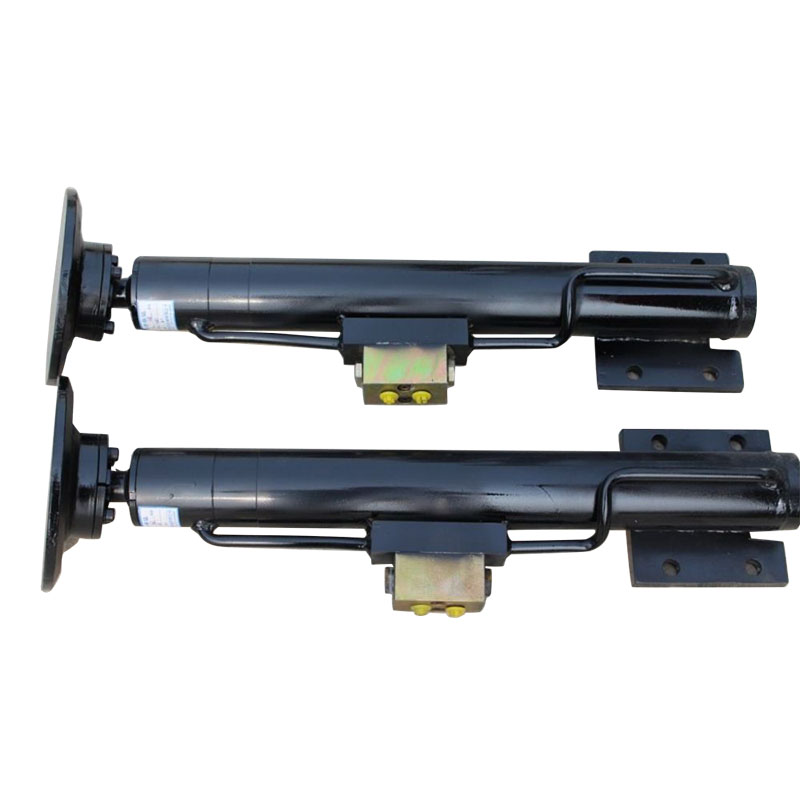How does a hydraulic cylinder achieve reciprocating motion?
2025-06-23
A hydraulic cylinder achieves reciprocating motion through the controlled flow of hydraulic fluid. Here's a simplified breakdown of the process:
Hydraulic Fluid Pressure: The cylinder is powered by hydraulic fluid, typically oil, which is pressurized by a hydraulic pump. The fluid flows into the cylinder through inlet ports.
Piston and Rod Assembly: Inside the hydraulic cylinder, there is a piston connected to a rod. The piston divides the cylinder into two chambers: the rod side and the blind side.

Direction of Fluid Flow:
Extend Stroke: When hydraulic fluid is directed into the blind side (the larger chamber), it pushes the piston towards the rod side, causing the rod to extend out of the cylinder. The pressurized fluid provides the force needed to move the piston in this direction.
Retract Stroke: To reverse the motion, the fluid is directed into the rod side (the smaller chamber), pushing the piston back in the opposite direction. As the piston moves back, the fluid from the rod side is pushed out through the outlet.
Seals and Valves: Seals on the piston and cylinder prevent fluid leakage, maintaining pressure. Additionally, control valves (like directional control valves) regulate the direction and flow of fluid to achieve precise control over the piston’s movement, ensuring smooth and controlled reciprocation.
Return of Fluid: Once the fluid exits the cylinder, it is directed back to the reservoir or tank to be recirculated. The hydraulic pump then re-pressurizes the fluid for the next stroke.
In this way, the pressurized hydraulic fluid controls the movement of the piston, which in turn creates reciprocating motion.
As a professional manufacturer and supplier, we provide high-quality products. If you are interested in our products or have any questions, please feel free to contact us.


